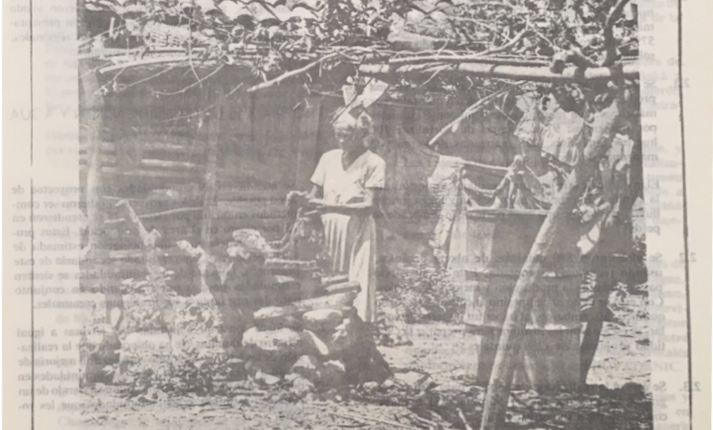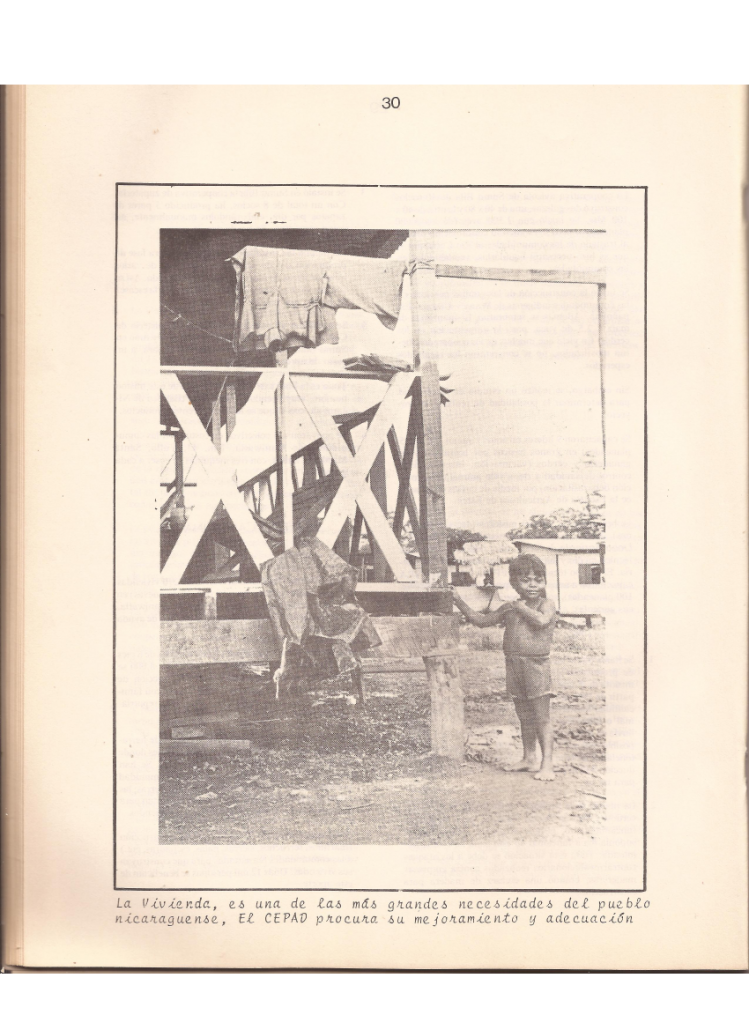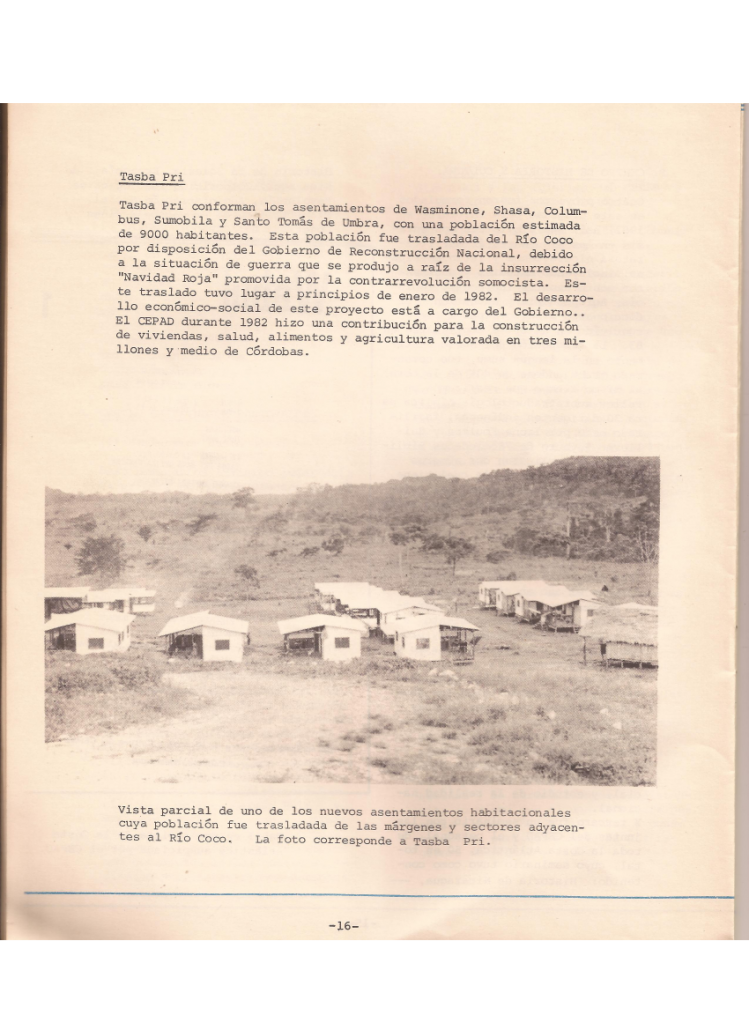CEPAD History – Housing
We want to share some history of CEPAD’s programs. Because CEPAD shifted from emergency relief work to community development, some of our programs have changed. Check out our current programs and give to impact Nicaragua communities.
Our housing program came out of earthquake in 1972 and the civil war to help rebuild the country and improve housing across the country. Our housing program required the benefited families to work on the housing developments as well as help pay for 50% of construction materials. Other organizations did it for free, creating dependent relationships in the long run. Because of this competition and the fact that the country became more stable and was no longer in a state of emergency, CEPAD closed this program.
Here is an excerpt that explains the program from CEPAD’s 1988 Annual Report.
“This program has four aspects: Peasant housing, reconstruction fund, Habitat for Humanity, and emergency housing. During 1988, the program worked in 48 rural communities completing 434 houses, with 180 still in construction. The participation of the community in collecting materials, preparing the lumber, and construction of the houses made it possible to make some headway in a very basic need of a high percentage of our rural population.
Help in reconstruction was provided for 115 households. The reconstruction fund is used at an urban level and occasionally assists small congregation in the repair of their chapels. Another 40 home improvements are underway. In order to make optimum use of the resources available, the program provides credit in materials (zinc and cement), which are in short supply in the country.
The Habitat for Humanity program, while being an independent organization from CEPAD, works with CEPAD to train and organize those who will benefit, and provides technical assistance and supervision for five housing projects in the regions. The beneficiaries of these projects form different production cooperatives in the countryside.”
The caption reads: Tasba Pri makes up the settlements of Wasminone, Shasa, Columbus, Sumobila, and Santo Tomás de Umbra, with an estimated population of 9,000. These people were moved from the Coco River by the Government of National Reconstruction because of the war that created roots for the insurrection “Red Christmas” promoted by the Somoza contra revolution. The move to Tasba Pri took place at the beginning of January 1982. The socio-economic development of this project was headed by the government. During 1982, CEPAD made a contribution of housing, health supplies, food, and agriculture valued at 3.5 million Cordobas.
The photos is a partial view of one of the new settlements whose population was moved to the Coco River. This is part of Tasba Pri.





